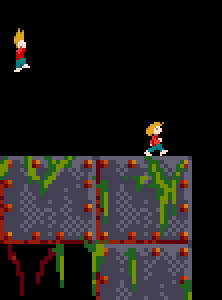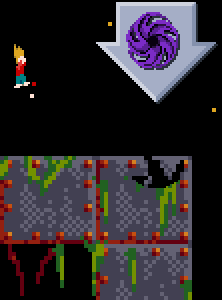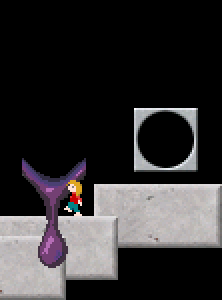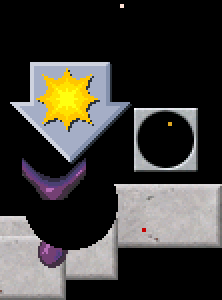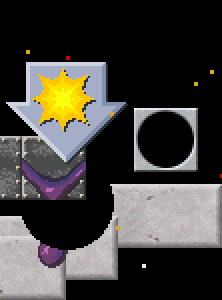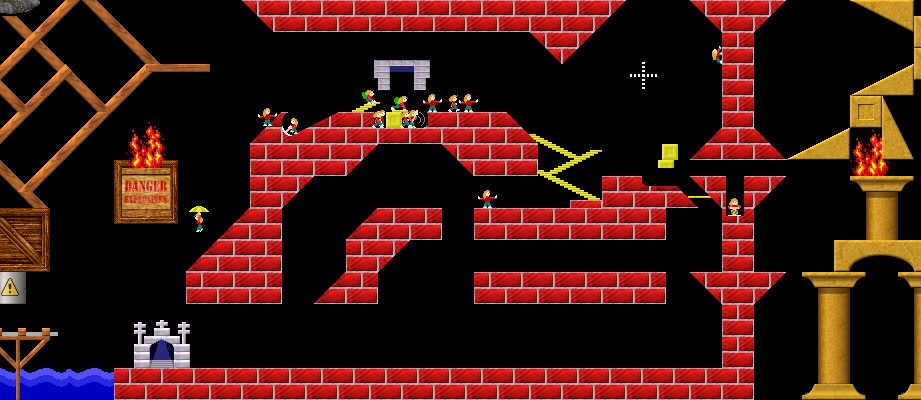Hi,

I've implemented this today in D Lix. It's a hack: You can map two buttons to pause. The game has hackish two-key support for exactly this function. Nothing else allows for multiple keys.
▱▰▱ means middle mouse button. Right mouse button, wheel-up, and wheel-down are all bindable as hotkeys. I felt fancy and I have unicode support. Probably ▱▰▱ is too hard to recognize as middle mouse button, but I don't think "MMB" is better. "Middle mouse button" is too long for the UI widget.
Main problem now:
For each game function, I want to allow many keybindings.
For each key or mouse button, I want to allow many game functions.
I don't know whether "many" shall mean up to 2, or up to 3, or arbitrarily many.
My first ideas -- I would like to avoid the dialog
namida's ideas -- button divides into several buttons on mouseover
Would you like to bind 3 or more keys or mouse buttons to a function?
-- Simon

I've implemented this today in D Lix. It's a hack: You can map two buttons to pause. The game has hackish two-key support for exactly this function. Nothing else allows for multiple keys.
▱▰▱ means middle mouse button. Right mouse button, wheel-up, and wheel-down are all bindable as hotkeys. I felt fancy and I have unicode support. Probably ▱▰▱ is too hard to recognize as middle mouse button, but I don't think "MMB" is better. "Middle mouse button" is too long for the UI widget.
Main problem now:
For each game function, I want to allow many keybindings.
For each key or mouse button, I want to allow many game functions.
I don't know whether "many" shall mean up to 2, or up to 3, or arbitrarily many.
My first ideas -- I would like to avoid the dialog
namida's ideas -- button divides into several buttons on mouseover
Would you like to bind 3 or more keys or mouse buttons to a function?
-- Simon



